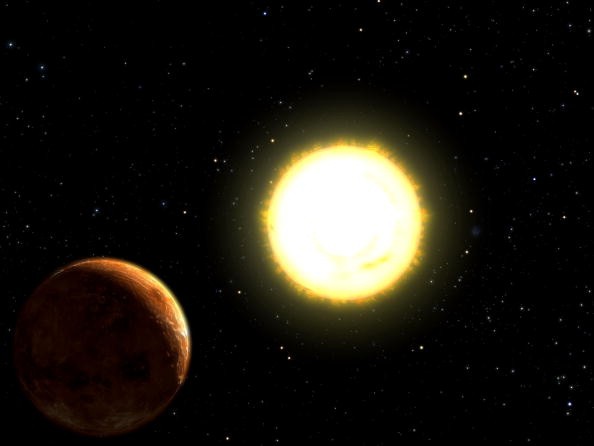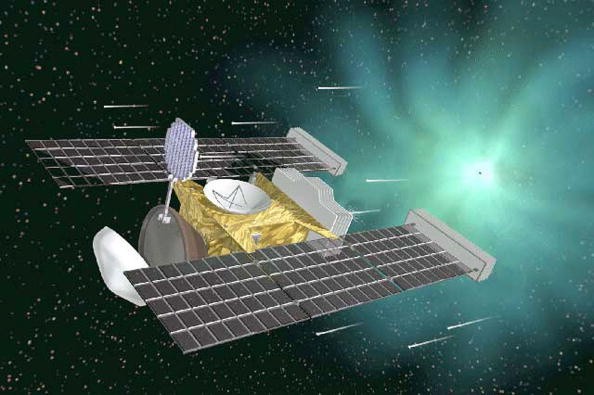The NASA IMAP (Interstellar Mapping and Acceleration Probe) completed its critical design review (CDR).

The international space union already had other CDRs for IMAP's subsystems and instruments.
The latest CDR, completed on Jan. 31, is the last one since it is the overall review of the NASA Standing Review Board (SRB).
NASA IMAP Completes Critical Design Review
According to SciTech Daily's latest report, the latest critical design review is important for the IMAP mission.

Also Read : NASA is Building an Advanced Air Mobility System to Make Air Taxis, Drone Deliveries a Reality
This is because the NASA SRB used this review to know if the spacecraft can start its construction.
Thankfully, SRB said that the NASA IMAP is good to go, and it has a lot of work to do.
As of writing, NASA is already working on some of the probe's components.
These include structure parts, engineering instruments, as well as flight models.
"With 10 instruments designed and built globally, the complicated dance of testing, cross-calibrating, and integrating these pieces is carefully choreographed," said NASA via its official NASA Gov blog post.
What is NASA IMAP
The NASA IMAP is a new mission proposed by Princeton University.
The educational institution works with NASA and other partner institutions to make the IMAP mission possible.
Other partners include the John Hopkins University Applied Space Laboratory, SpaceX, and NASA Goddard Space Flight Center.
NASA said that IMAP will allow them to explore the solar neighborhood called "heliosphere." The spacecraft will have two missions.
These are understanding the following:
- Interaction of the solar wind with the interstellar medium.
- The acceleration of energetic particles.
As of writing, NASA is still preparing the IMAP mission so that it can be launched accordingly. It is scheduled on February 2025.
But, this date is still tentative depending on the international space agency's challenges.
In other news, the NASA Perseverance rover completed 10 sample tubes deposit on Mars.
We also reported about the successful NASA ISS spacewalk, which was conducted to upgrade the laboratory's power generation system.
For more news updates about NASA and its upcoming space missions, keep your tabs open here at TechTimes.
Related Article : NASA's Hubble Space Telescope Sees a Glittering Chaos in NGC 6355 Located Inside the Milky Way

ⓒ 2025 TECHTIMES.com All rights reserved. Do not reproduce without permission.




